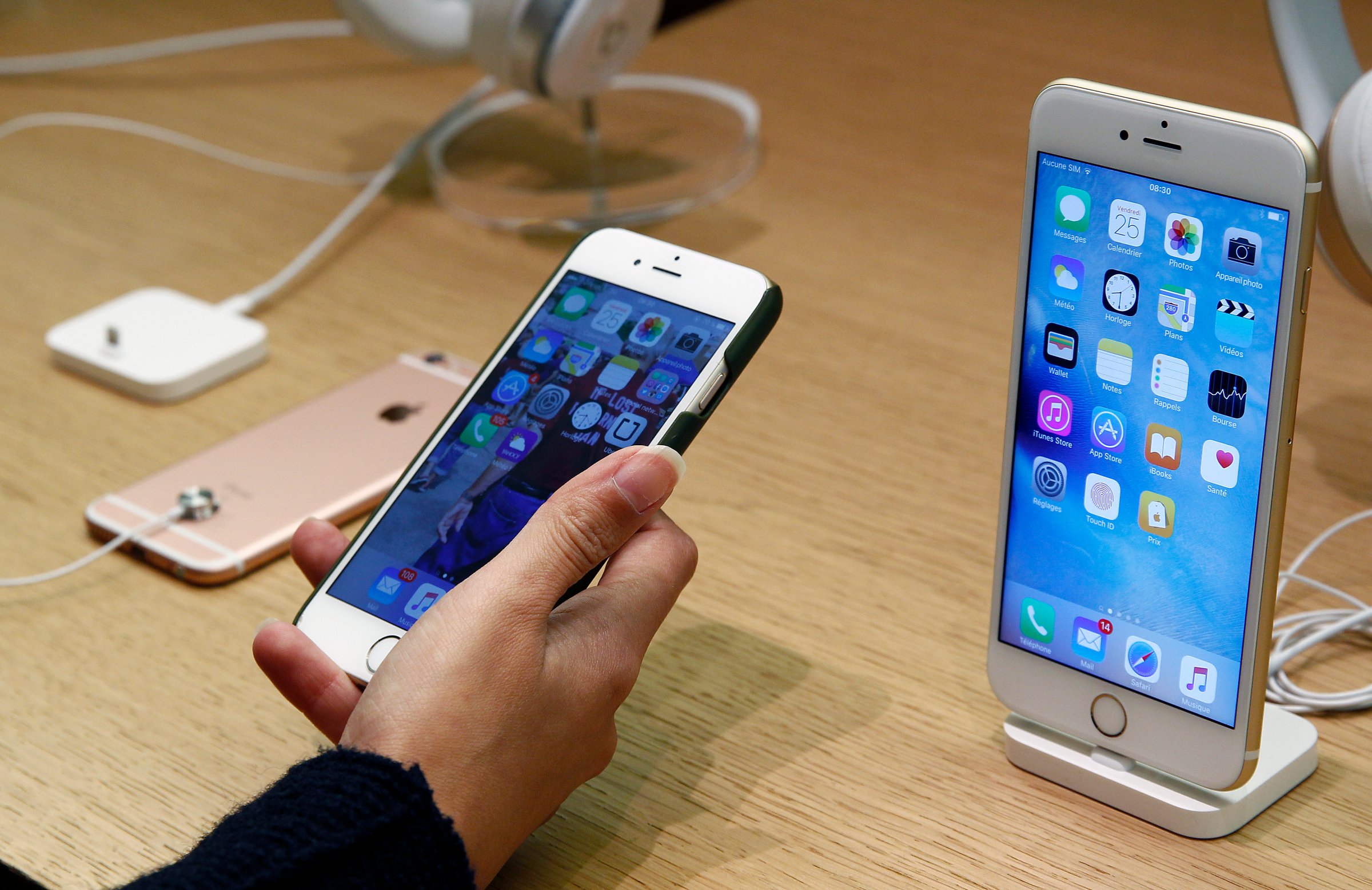
Apple has improved the iPhone in a lot of ways over the years, but we’re still plugging them in to chargers when they need a battery fill-up. A new report, however, suggests the Cupertino, Calif. firm could be developing a new way to charge the iPhone that wouldn’t require any cables.
The company is said to be working with partners in the U.S. and Asia to create new wireless charging technology that could come to the iPhone as soon as 2017, Bloomberg reports. Wireless charging isn’t new; devices such as the Samsung Galaxy S6 and Google Nexus 6 are just a few of the phones that already support it.
What’s different about Apple’s approach, according to the report, is that iPhone and iPad owners would be able to charge their devices from a distance. Current wireless charging solutions require gadgets to be within close proximity to a charging mat.
Although Apple hasn’t confirmed that its developing such technology, it’s easy to speculate how useful it could be. Imagine being able to charge an iPhone from across the room while it’s being held rather than having to plug it in or rest it on a charging plate. Or, picture walking into a room and having an iPhone automatically connect to a charger within range without even having to think about it.
It’s unclear how the technology would work. But an Apple patent describes technology that would use an iMac as a hub to wirelessly recharge other devices within a radius of about one meter. Still, many companies have tried and failed to achieve safe wireless charging at noteworthy distances.
The report comes as many of Apple’s competitors are focusing more on wireless charging. Some of Samsung’s newer phones, such as the Galaxy Note 5 and Galaxy S6 Edge+, support high-speed wireless charging. Samsung claims these devices can charge up to 50 minutes faster thanks to its Fast Charge pad.
See What's Inside the Apple Watch
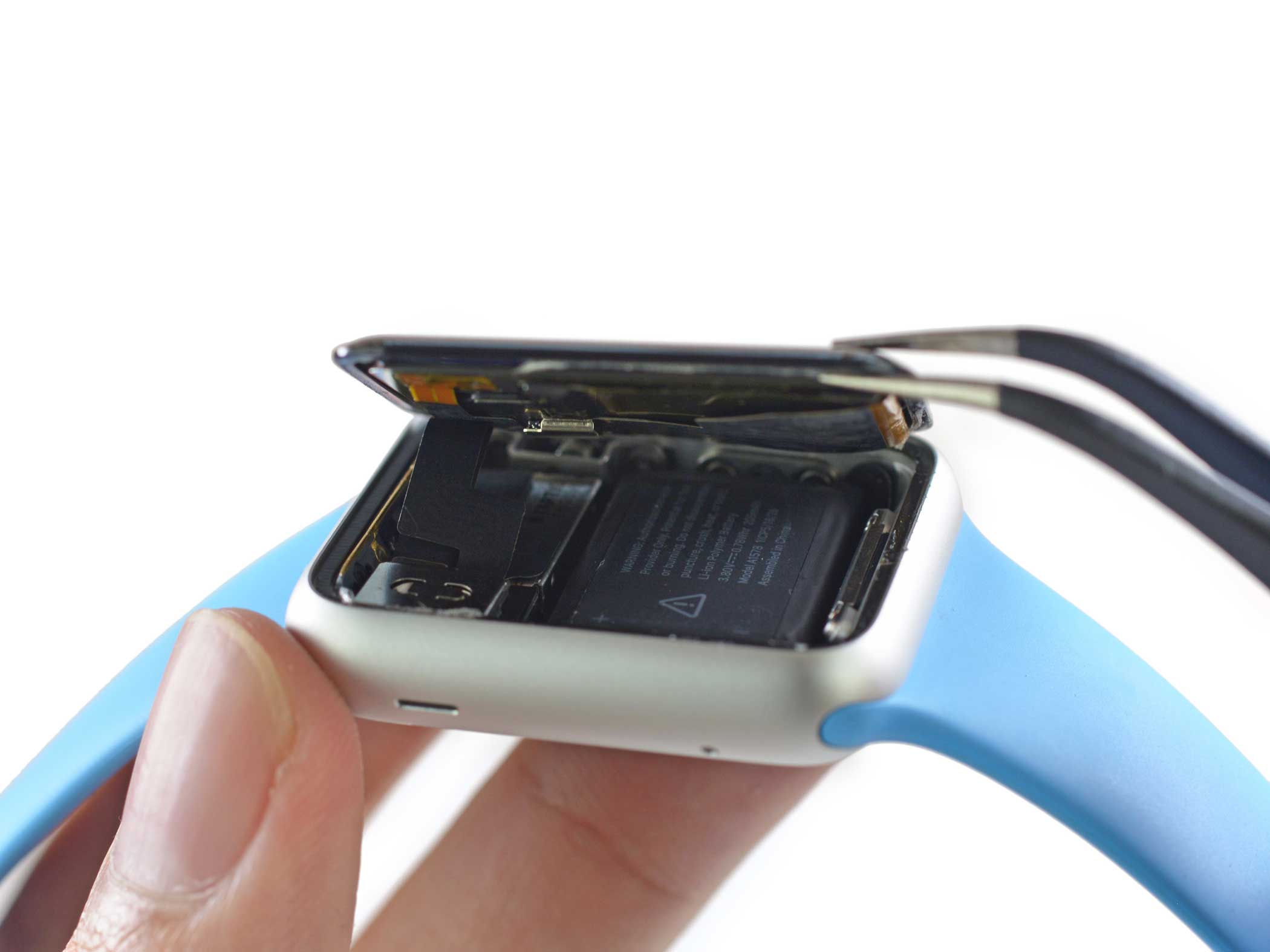
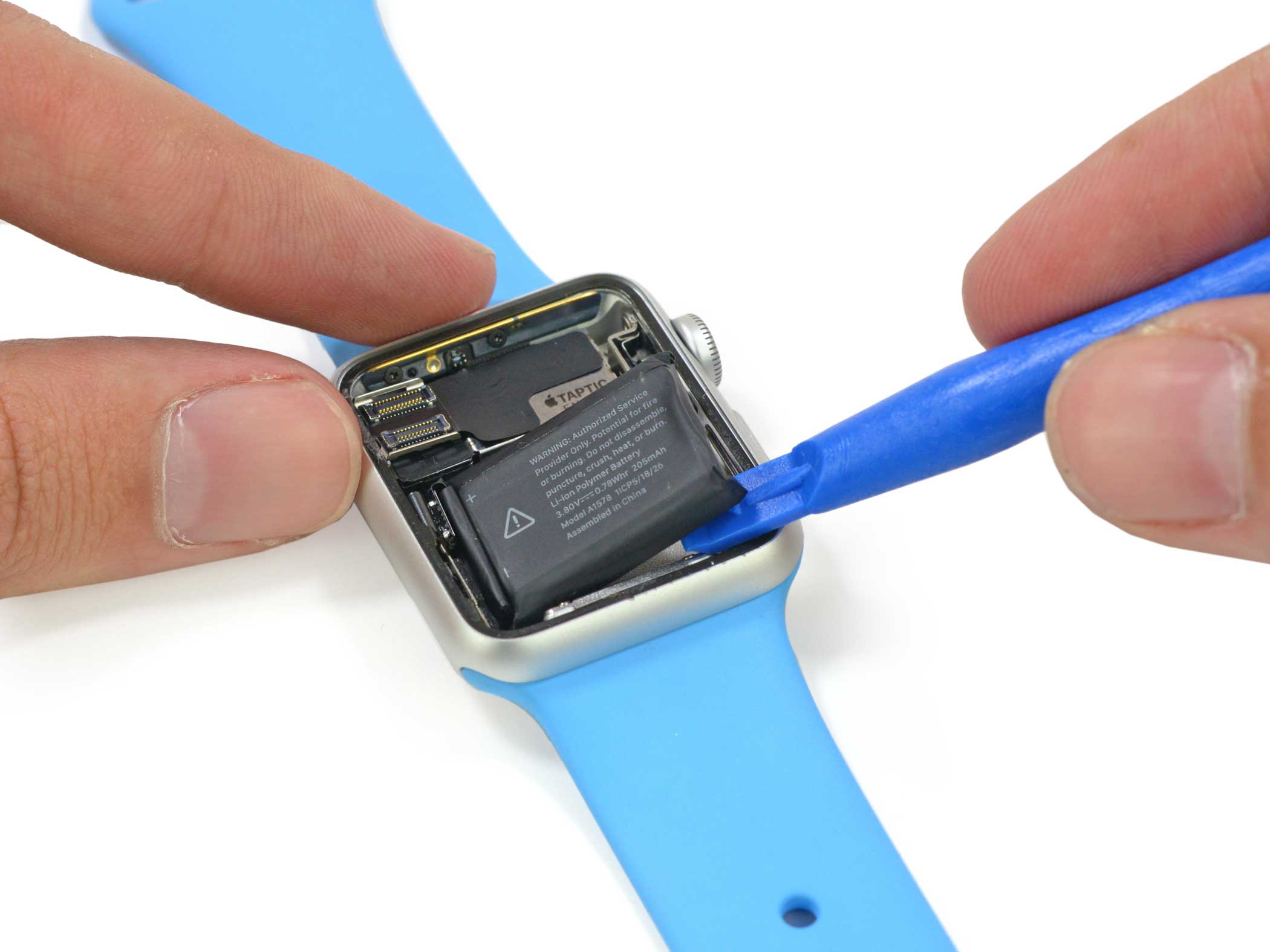
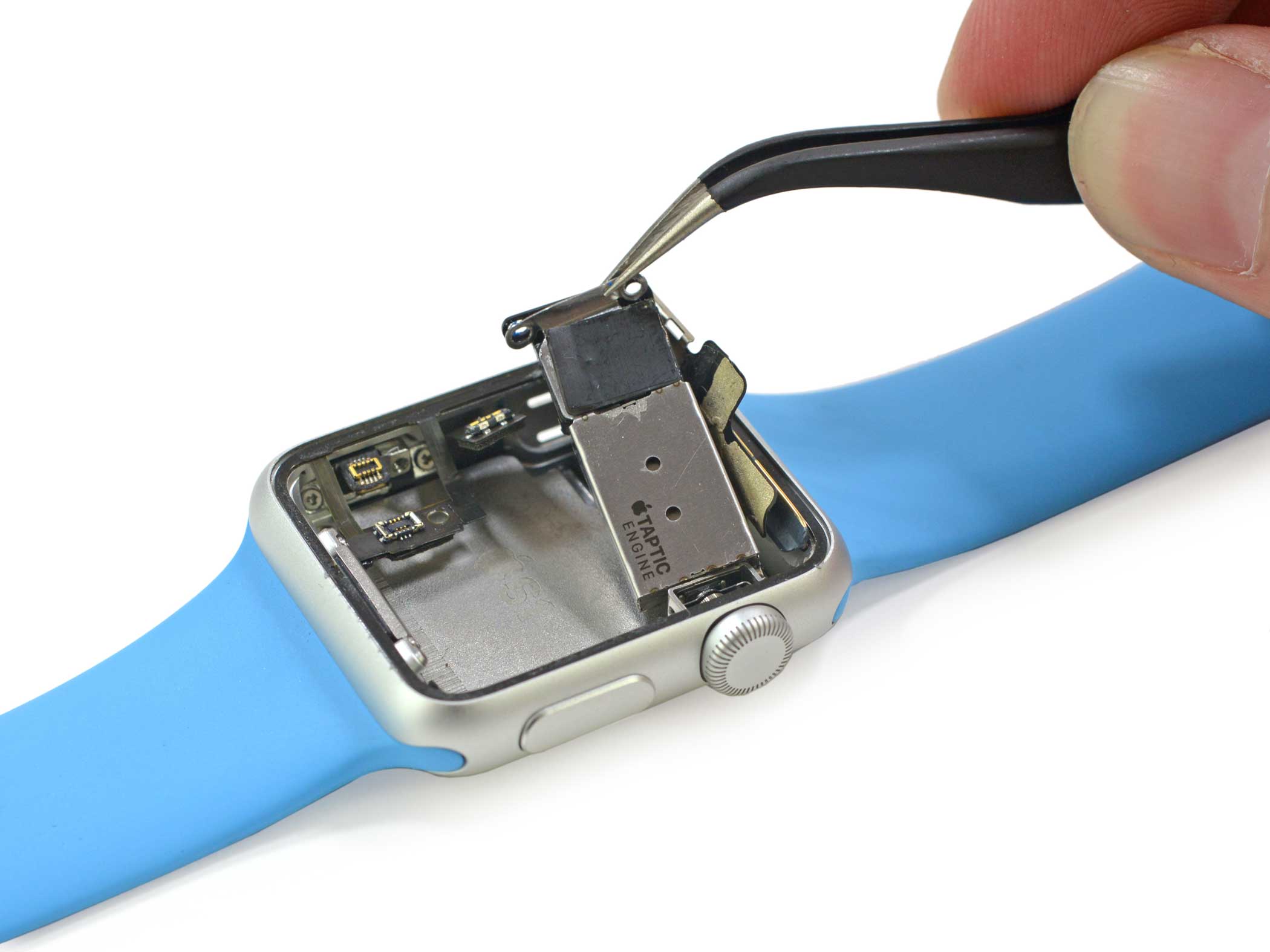
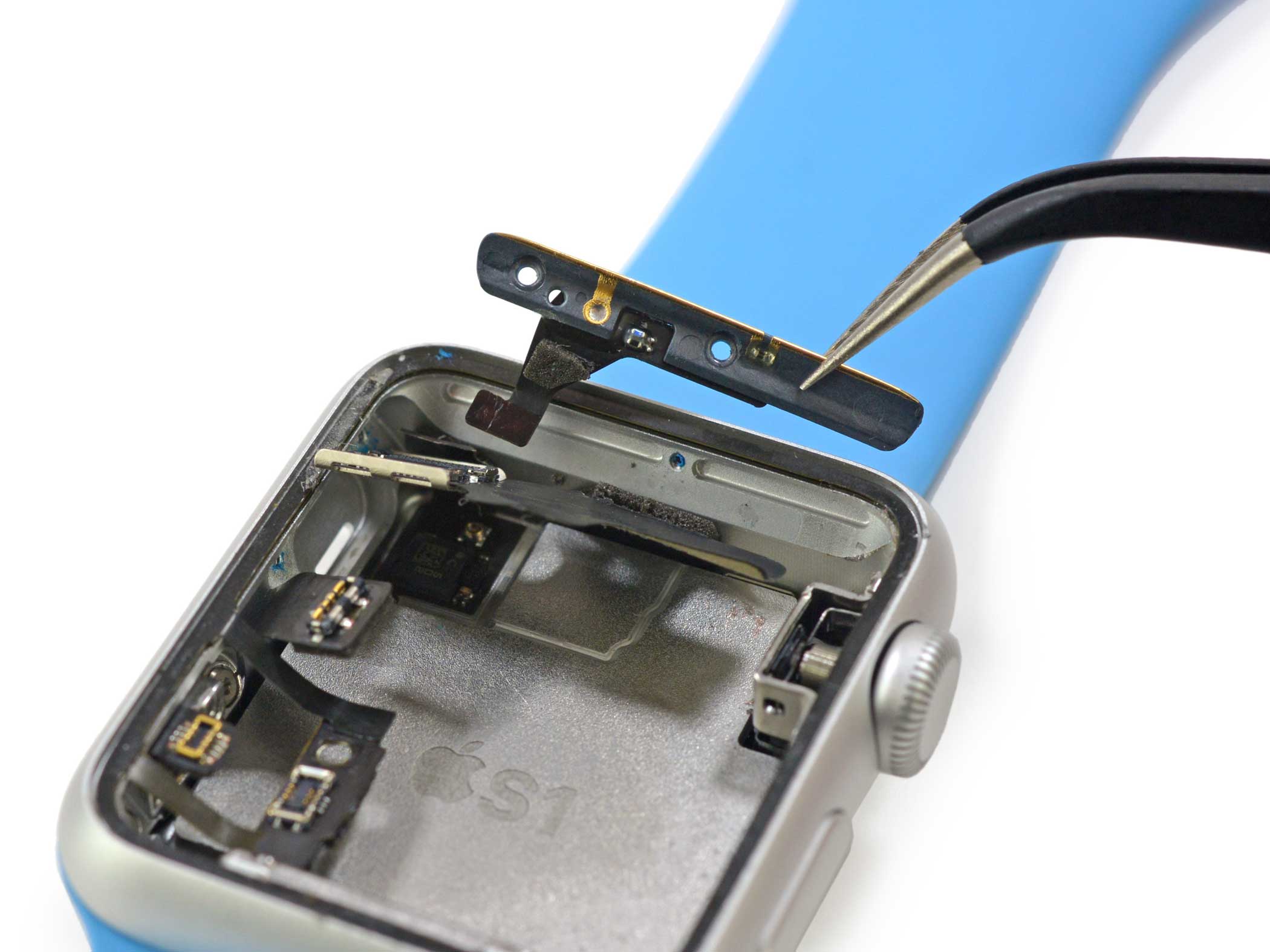
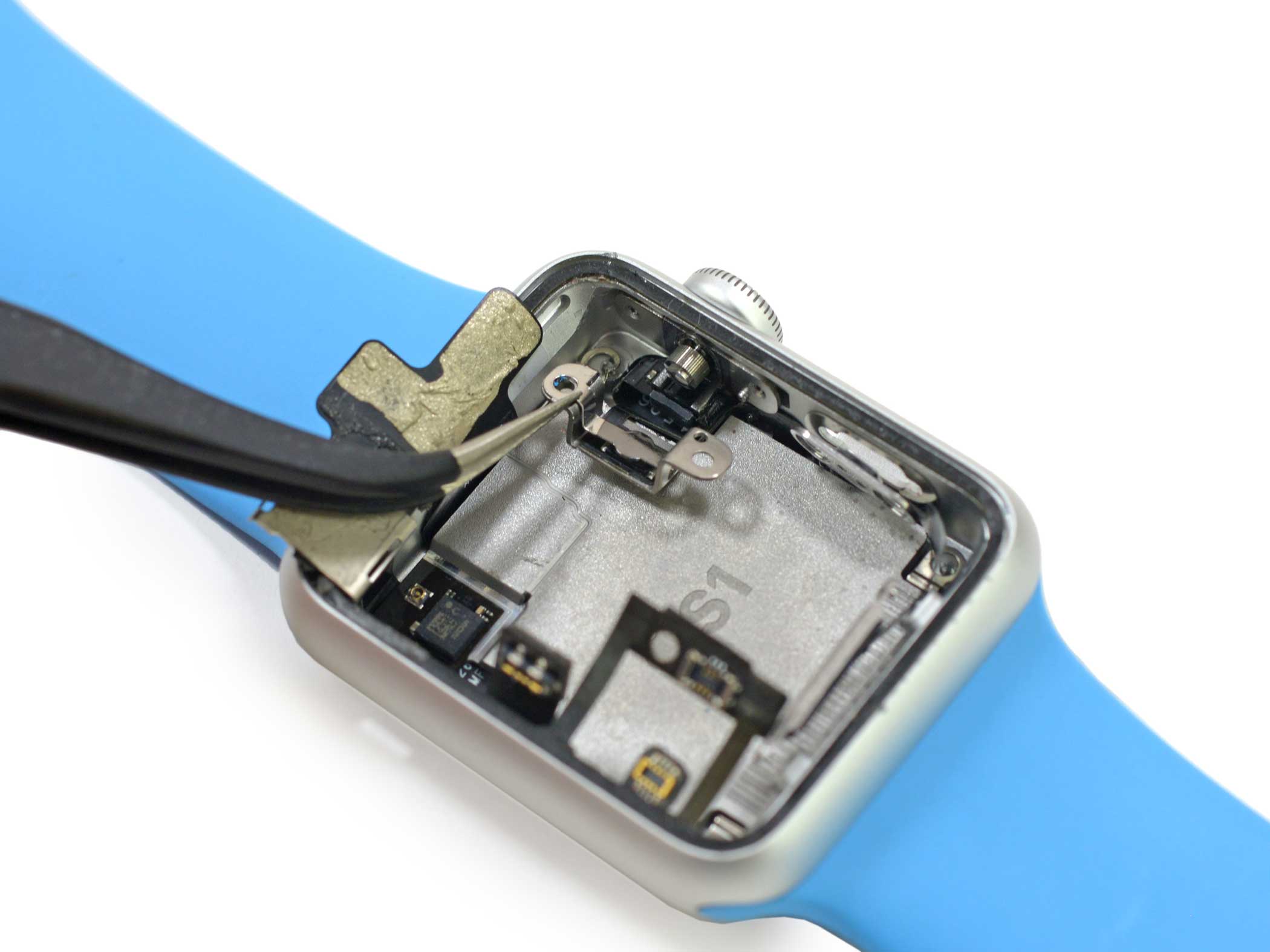
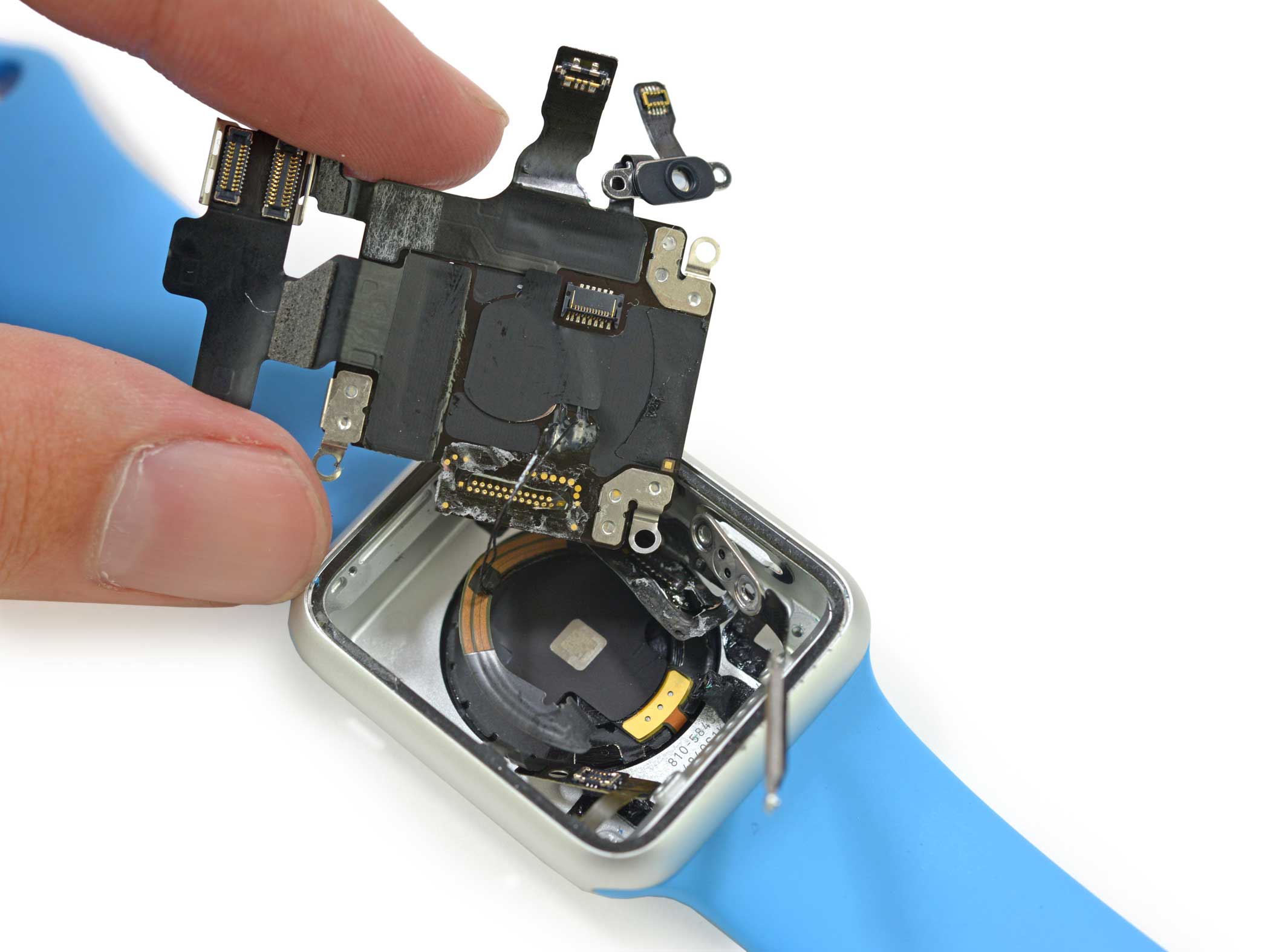

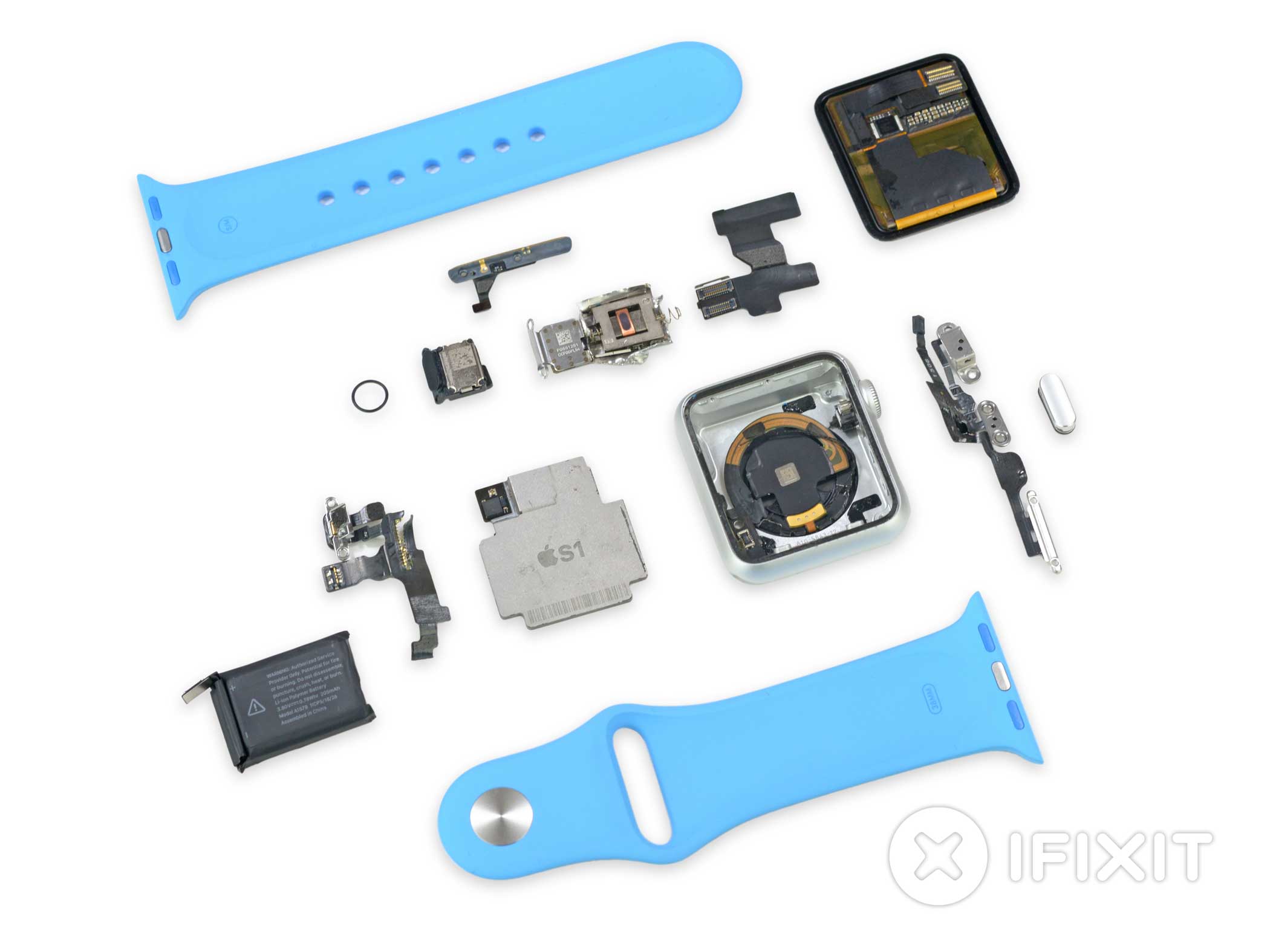
More Must-Reads from TIME
- Donald Trump Is TIME's 2024 Person of the Year
- TIME’s Top 10 Photos of 2024
- Why Gen Z Is Drinking Less
- The Best Movies About Cooking
- Why Is Anxiety Worse at Night?
- A Head-to-Toe Guide to Treating Dry Skin
- Why Street Cats Are Taking Over Urban Neighborhoods
- Column: Jimmy Carter’s Global Legacy Was Moral Clarity
Contact us at letters@time.com